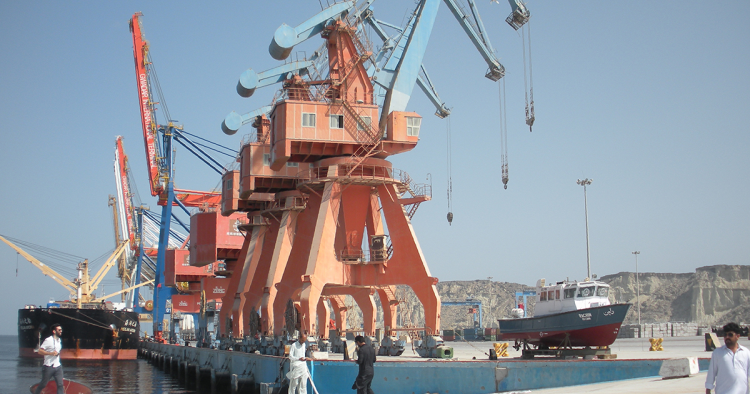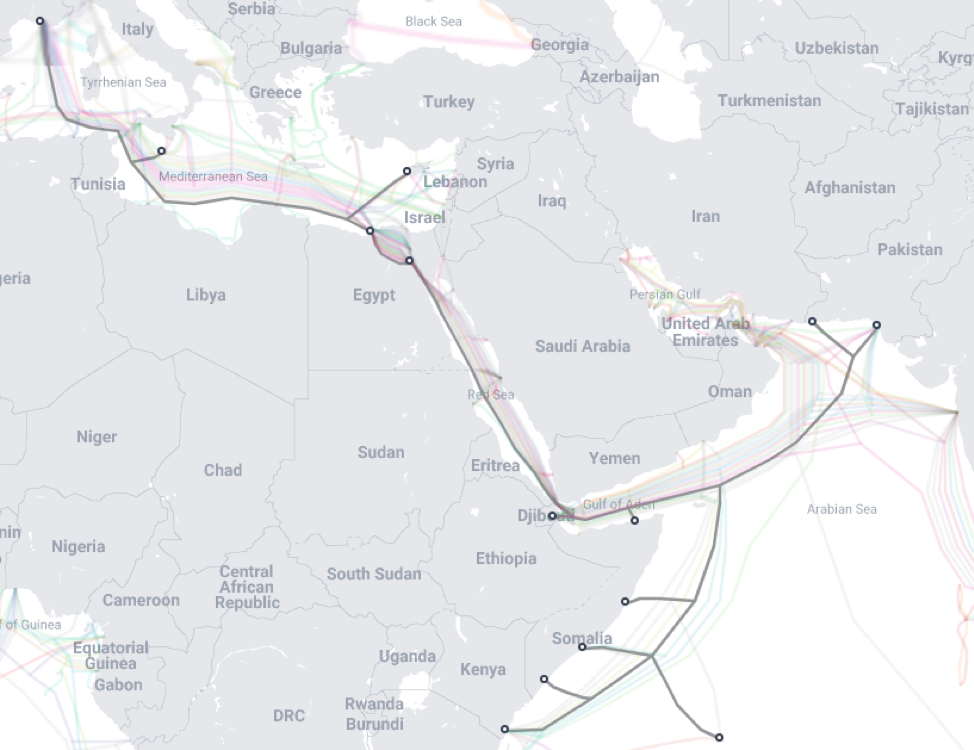On January 11, 2023, the road was a crime scene. That day, an IED exploded beneath the first car in a convoy of Kenyan engineers and construction workers, killing all four passengers. Only the road witnessed the militants digging the hole to place the device, and the blackened, mangled body of the Toyota Hilux — just innards, no chassis, all four wheels still upright, attached to their axes.
Before the road was witness, before it was a crime scene, it was a wound in the landscape — a raw gash filled in and covered with gravel from quarries along the River Tana, which flows through the arid expanse of northeastern Kenya toward Kenya’s Indian Ocean coastline. Before it was a wound, it was negative space, left behind by piles of upturned topsoil, called “overburden,” that were trucked to somewhere else. Before it was negative space, it was a path of uprooted trees and shrubs. Before that, it was a constellation of concrete beacons that looked like gravestones. And before it was a constellation of beacons, before it was any of these other things, the road was a straight line on a map — solid, obvious, and true.
Most other roads in this part of Kenya, a region characterized by infrastructural neglect, don’t have names. They go by numbers, like D568, C81, or A3. But from the moment this one was drawn, it had a name: the Lamu–Garissa Road. That is because this road isn’t just going to Garissa — other roads already do — this road is going into the future.
The Lamu–Garissa Road forms the initial part of the Lamu Port–South Sudan–Ethiopia Transport (LAPSSET) Corridor, which is, in the words of LAPSSET authorities, the “first single gigantic, integrated, transformative, and game-changer infrastructure project.” The place-names in the acronym are a code for the promise of wealth: the project will link the oil fields of South Sudan and of Turkana in northern Kenya through a network of highways, railways, and pipelines to Lamu Port. Other roads and railways fan out into Ethiopia. Through this network, development shall emanate: farms, homes, resort cities, universities, refineries, factories. Lamu, an island off the north coast of Kenya near the border with Somalia, shall be restored to its historical glory as a central node of international trade along East Africa’s Swahili coastline.
The Lamu–Garissa Road begins in Mokowe, on Lamu’s mainland, close to Lamu Port. For fifteen miles, it is tarmacked, glossy, smooth, done. Its designers have big dreams for it: its one-hundred-and-fifty-five-mile body will stretch northward, bending a bit east at the halfway point to run parallel to the River Tana, stopping through the string of towns along that winding desert lifeline. The engineers plan a road with a speed of seventy-five miles per hour and a capacity of thousands of vehicles a day. Nothing out there has ever moved that fast.
But the road isn’t even close to done yet. Not long after departing Mokowe, the tarmac turns to gravel. Farther on, the road ends: black IED scars have stopped it in its tracks. The LAPSSET Corridor is a flagship project of Kenya’s Vision 2030, a plan for “[transforming] the country into a middle-income, industrialized, and sustainable nation by 2030.” The most significant of its many programs are large-scale infrastructure projects; LAPSSET was meant to be the capstone. South Sudan’s independence in 2011 and the discovery of oil by the British firm Tullow Oil in Turkana provided a seductive base of extractive wealth (and thus lucrative justification) for such a corridor. According to the LAPSSET blueprints, at some points, highway, railway, and pipeline will all run in parallel within one 1,650-foot-wide artery along which liquid, cargo, and humans — that is to say, capital — will flow freely. All lines in this project point toward a single vanishing point: modernity.
Modernity reached other parts of Kenya long ago but struggled to make it up this far north. LAPSSET promises to change that, forming the connective tissue that allows capital to flow into northern Kenya’s impoverished, left-behind regions. “By 2030, it will become impossible to refer to any region of our country as ‘remote,’” the plan declares. “The Vision aims to move all Kenyans to the future as one nation.” LAPSSET will stitch the nation together — gone will be the era when the only way to get to Lamu from Nairobi within a day was by air — and also heal it, connecting “problem” regions of the north, long plagued by insecurity, with the prosperous central regions through inclusion in the modern economy. A road can make a promise.
Continue on Guernica



